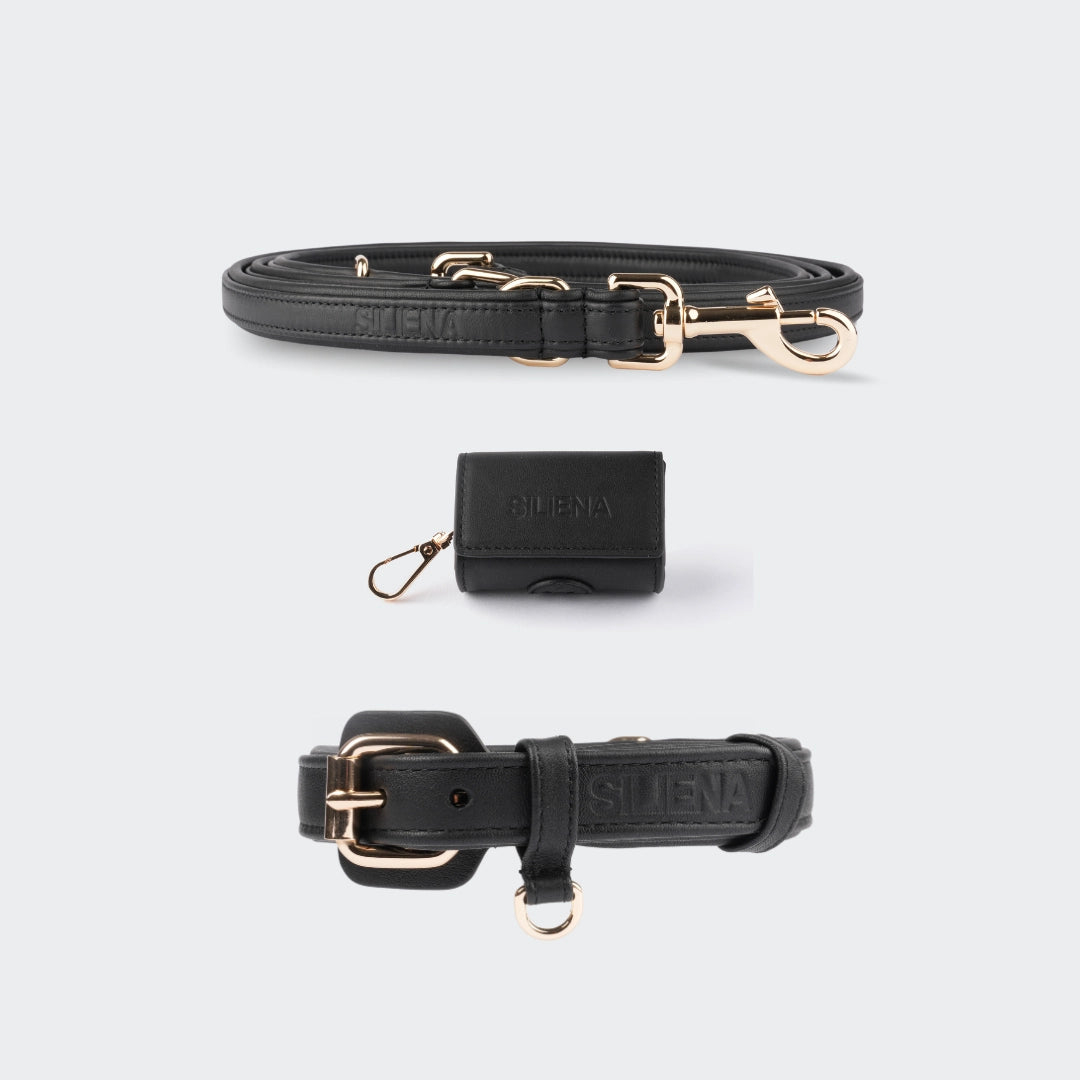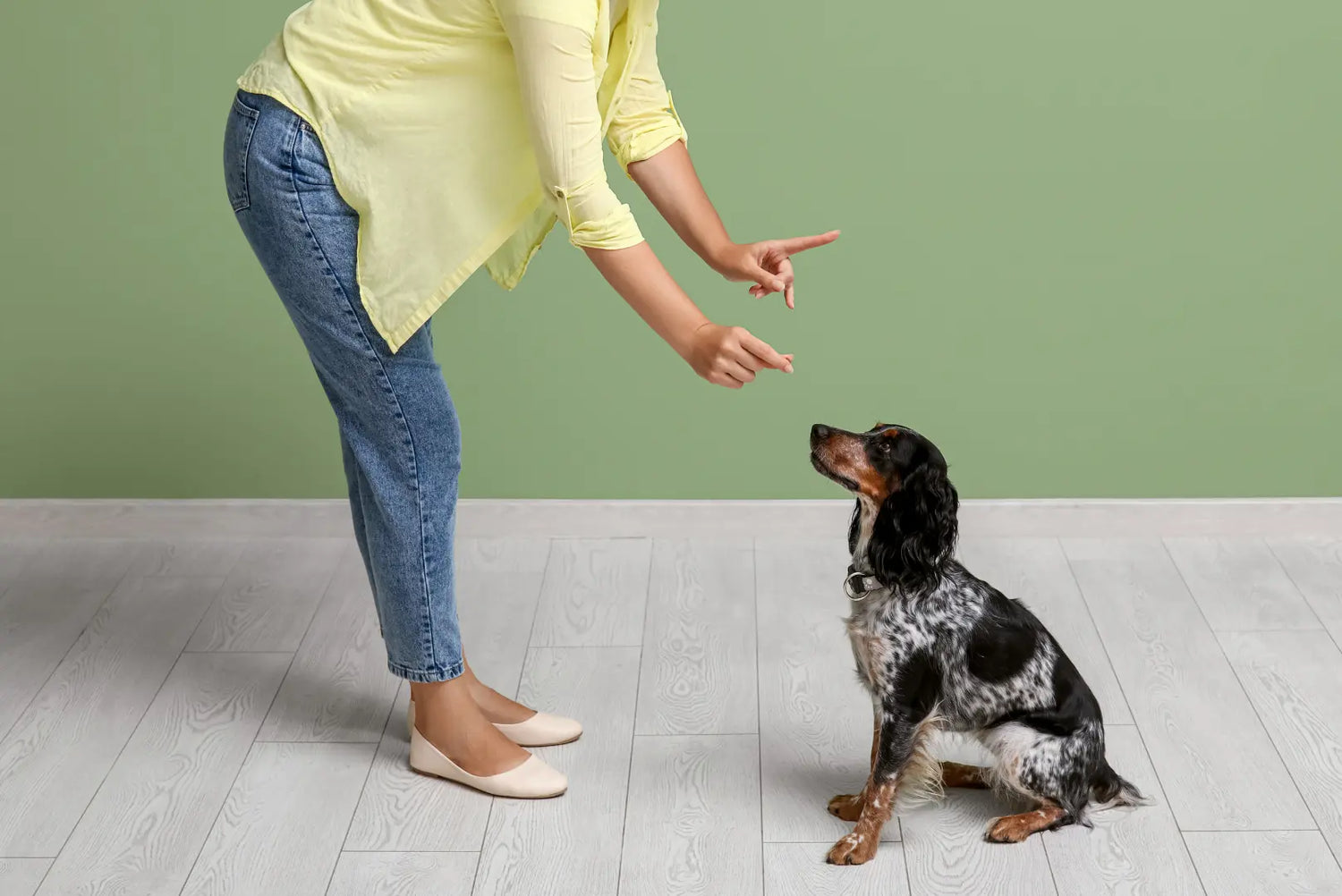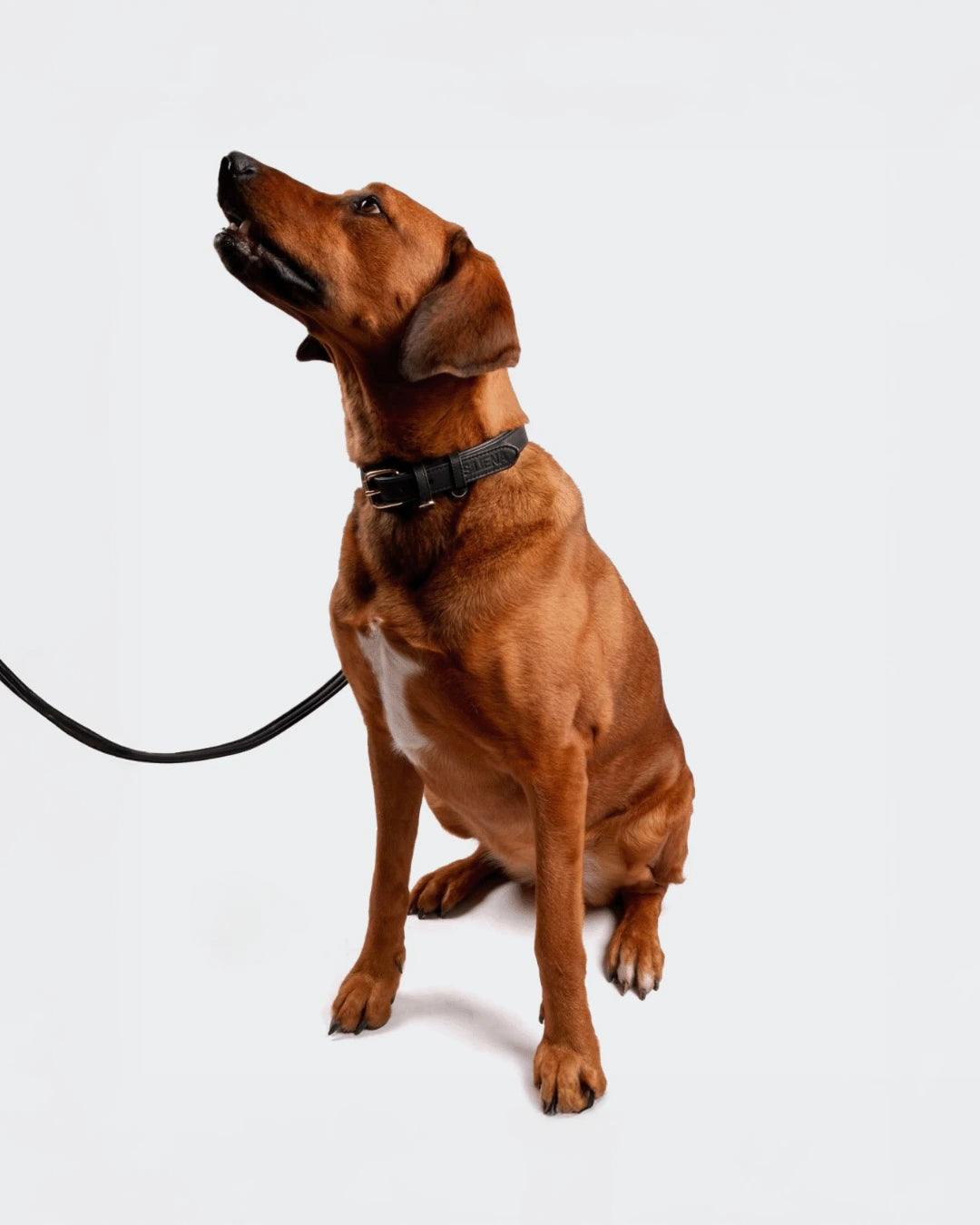Table of Contents
- Introduction
- Sit
- Down
- Stay
- Middle / Through
- Other Essential Commands
- General Training Tips
- Common Dog Training Mistakes
- Conclusion
Introduction
Proper dog training is essential for a happy and safe life together. Core commands like Sit, Down, and Stay are more than just fun tricks — they are critical tools for safety, control, and communication. A dog that reliably responds to these commands can navigate daily life safely, is easier to handle, and feels more secure because they understand what’s expected.
In this guide, we’ll walk you through how to teach your dog these basic commands step by step, highlight common mistakes to avoid, and show you how to make training positive and effective. These methods work for both puppies and adult dogs.
Sit
Meaning: The dog sits and remains seated until given another command.
Why it matters: “Sit” is one of the easiest commands to teach and is ideal for calming your dog in exciting situations — for example, before crossing a street or greeting visitors.
How to Teach “Sit” — Step by Step
- Choose a quiet environment: Start without distractions, such as in your living room or backyard.
- Use a treat: Hold a treat just above your dog’s head. Most dogs will naturally sit as they lift their head to follow the treat.
- Give the command: As soon as they sit, say “Sit” clearly and calmly.
- Reward: Immediately give the treat and praise in a warm voice.
- Repeat: Practice several short sessions daily (3–5 minutes each).
- Increase difficulty: Gradually add distractions, such as practicing in the park.
Down
Meaning: The dog lies down and stays there.
Why it matters: Encourages calmness and self-control, useful during long waits or in busy areas.
Training “Down”
- Start with your dog in a sitting position.
- Hold a treat to their nose and slowly lower it to the ground.
- Move the treat slightly forward so they follow it into a lying position.
- Once they are down, say “Down” and reward immediately.
- Practice regularly, gradually increasing the time before releasing them.

Stay
Meaning: The dog remains in place until you give a release cue.
Why it matters: Vital for safety — for example, near traffic, off-leash, or when guests arrive.
Training “Stay”
- Have your dog sit or lie down in front of you.
- Say “Stay” clearly and hold your palm out as a hand signal.
- Take one step back. If they remain in place, return and reward.
- Gradually increase distance and duration.
- Practice with distractions to solidify the behavior.

Middle / Through
Meaning: The dog positions itself between your legs, facing forward or looking up at you.
Why it matters: This command is useful in crowded areas, keeping your dog close and secure. It also strengthens focus and bonding.
Training “Middle”
- Starting position: Stand upright with enough space between your legs.
- Lure: Hold a treat in your hand and guide your dog between your legs.
- Command: Say “Middle” or “Through” as soon as they’re in position.
- Reward: Give the treat and praise warmly.
- Increase duration: Start with short holds, then build to longer stays.
- Add movement: Practice while walking so your dog moves with you in position.
Tip: Make sure your dog feels comfortable and not anxious in close proximity. Keep training sessions short and positive.

Other Essential Commands
- Come: Reliable recall, a lifesaver off-leash.
- Drop it: Dog immediately releases an item — crucial for safety.
- Heel: Dog walks closely at your side — perfect for city walks.
General Training Tips
- Positive reinforcement: Reward good behavior with praise, treats, or play.
- Short and frequent: Multiple short sessions work better than long drills.
- Consistency: Use the same words and signals every time.
- Patience: Dogs learn at different speeds — stay calm.
- Generalization: Practice in different locations so your dog understands commands everywhere.
Common Dog Training Mistakes
- Training too long: Overworking leads to frustration and slower progress.
- Inconsistent cues: Using different words or gestures confuses your dog.
- Lack of rewards: Not reinforcing desired behavior weakens it.
- Impatience: Pressure causes stress and slows learning.
Conclusion
Basic commands like Sit, Down, and Stay are the foundation of successful dog training. With clear instructions, patience, and positive reinforcement, your dog will reliably follow these commands.
Once your dog masters the essential commands, you can make training more fun and mentally stimulating by introducing dog tricks. Tricks add variety, boost focus, and make everyday life more enjoyable, safer, and rewarding for both you and your pup.
























Leave a comment
This site is protected by hCaptcha and the hCaptcha Privacy Policy and Terms of Service apply.